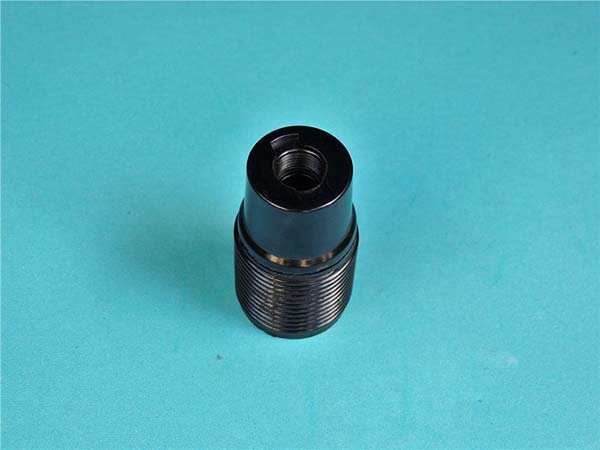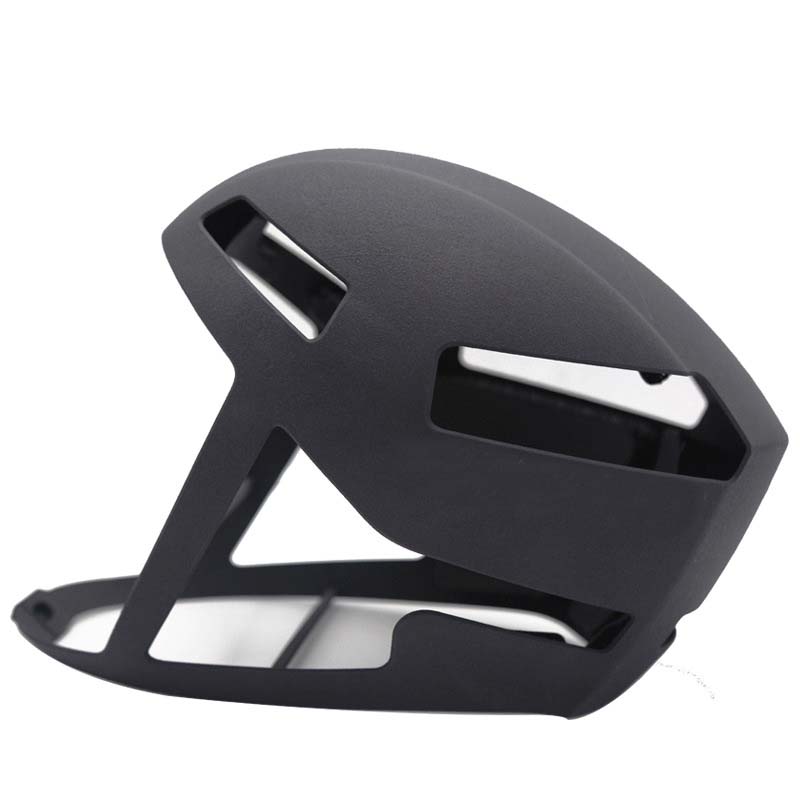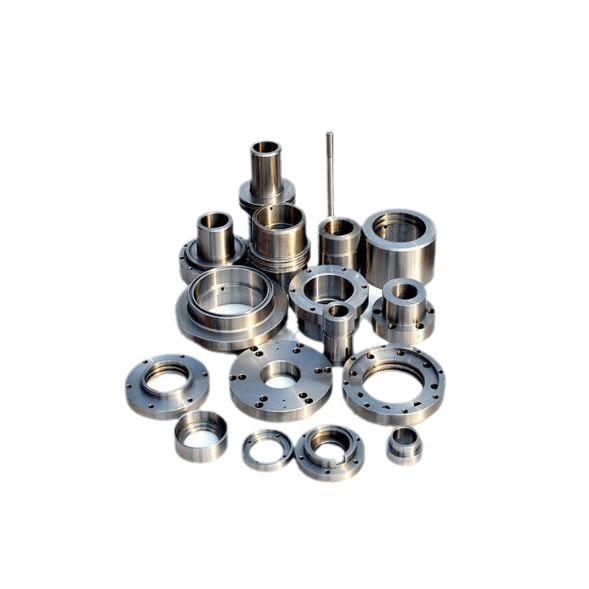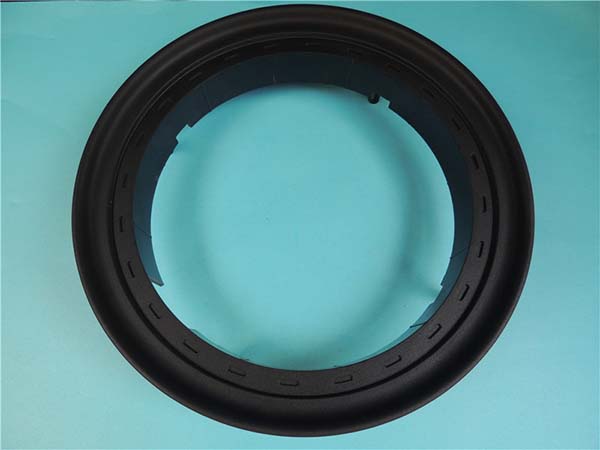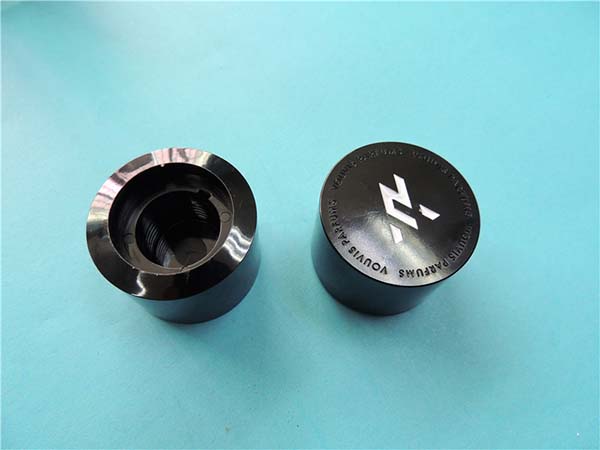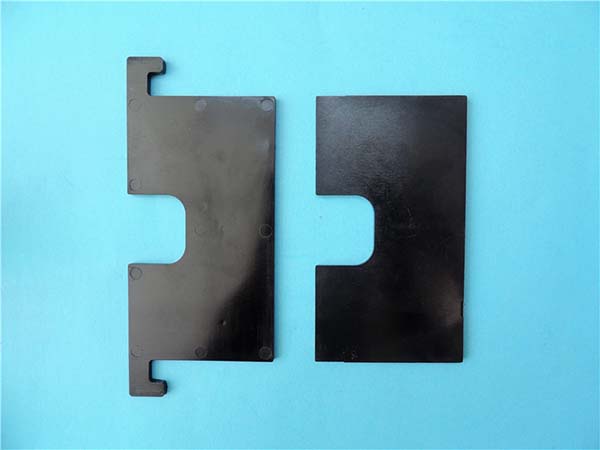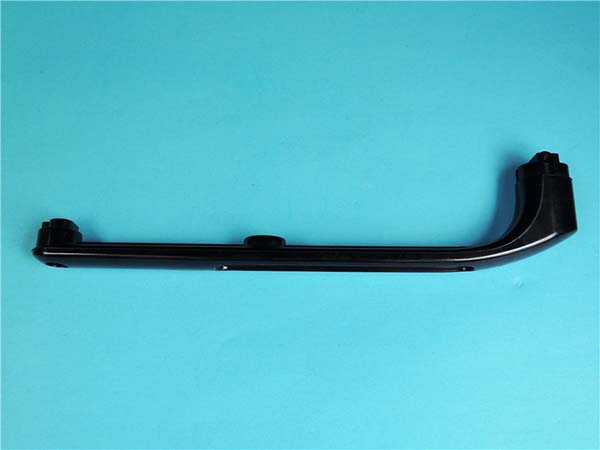1. Introduction
In recent years, 3D printing has emerged as a revolutionary force in the manufacturing industry, and public 3D printing companies are at the forefront of this transformation. This technology, also known as additive manufacturing, has the potential to disrupt traditional manufacturing processes by enabling the creation of complex geometries, customization, and on - demand production.
3D printing works by adding layer upon layer of material, such as plastic, metal, ceramic, or composite, based on a digital model. This is in contrast to traditional subtractive manufacturing methods, which involve removing material from a larger block. The ability to build objects from scratch, with precise control over the internal and external structures, has opened up new possibilities across a wide range of industries, from aerospace and automotive to healthcare, construction, and consumer goods.
Public 3D printing companies Yigu Technology play a crucial role in driving the adoption and development of this technology. They have the resources, expertise, and market reach to invest in research and development, expand production capabilities, and promote 3D printing to a global audience. These companies are not only manufacturing 3D printers and related equipment but also providing end - to - end solutions, including software, materials, and post - processing services.
3. Role of Public 3D Printing Companies in the Manufacturing Revolution
3.1 Driving Innovation in Materials and Processes
Public 3D printing companies are at the forefront of developing new materials suitable for 3D printing. These materials range from advanced polymers to high - performance metals and even composite materials. For instance, companies like Carbon have been working on developing novel resin - based materials. Their Digital Light Synthesis (DLS) technology uses a combination of light and oxygen to cure liquid resins into solid objects, enabling the production of parts with high precision and mechanical properties. This technology has found applications in industries such as footwear, where it can create custom - fit insoles with complex geometries that provide better support and comfort.
In the metal 3D printing realm, companies like EOS are continuously expanding the range of printable metals. They have developed materials like maraging steel, which is known for its high strength and toughness after heat - treatment. This material is used in aerospace applications to manufacture components such as engine parts and structural elements. By using 3D printing to produce these parts, it is possible to create complex internal cooling channels, which improve the efficiency of the engine while reducing its weight.
Moreover, 3D printing processes are also being refined. Multi - material 3D printing is becoming more prevalent, allowing for the creation of objects with different material properties in a single print job. For Yigu Technology example, a 3D - printed prosthetic limb could have a rigid outer shell made of a strong polymer and a soft, flexible inner lining for better comfort and fit. This innovation in materials and processes not only expands the capabilities of 3D printing but also enables the creation of products that were previously impossible to manufacture with traditional methods.
3.2 Enabling Customization and Personalization
One of the most significant advantages of 3D printing is its ability to enable customization and personalization, and public 3D printing companies are capitalizing on this. In the automotive industry, for example, companies can use 3D printing to create custom - designed interior components. Customers can choose the color, texture, and even the shape of their car's dashboard inserts, door handles, or seat covers. Local Motors, a well - known company in the 3D - printed vehicle space, has demonstrated the potential of this technology. They have used 3D printing to produce parts for their cars, allowing for a high degree of customization. This not only caters to the unique tastes of individual customers but also provides a competitive edge in the market.
In the consumer goods sector, companies are using 3D printing to create personalized products. For instance, jewelry manufacturers can use 3D printers to produce one - of - a - kind pieces based on the specific designs and preferences of their customers. Customers can upload their own designs or choose from a library of customizable templates. This level of customization is not only limited to the appearance but can also extend to the functionality of the product. In the healthcare industry, 3D - printed orthotics and prosthetics are customized to fit the unique anatomy of each patient, providing a better fit and improved functionality compared to mass - produced alternatives.
The following Yigu Technology table shows a comparison of traditional manufacturing and 3D - printing in terms of customization:
| Aspect | Traditional Manufacturing | 3D Printing |
| Design Flexibility | Limited by mold and tooling design | High, can create complex and unique designs |
| Customization Cost | High for small - scale customization as new molds are needed | Relatively low for small - scale, as no molds are required |
| Production Time for Customized Products | Long, due to mold making and setup | Shorter, as it directly prints from digital models |
3.3 Transforming Supply Chains
Public 3D printing companies are revolutionizing supply chains in several ways. Firstly, they are reducing the need for large - scale inventory. Instead of stocking a vast number of spare parts, companies can rely on 3D printing to produce parts on - demand. For Yigu Technology example, aerospace companies can store digital models of their aircraft parts and print them as needed, rather than maintaining a large inventory of expensive and space - consuming spare parts. This reduces inventory costs significantly. According to a study by McKinsey, companies that adopt 3D - printed spare parts can reduce inventory costs by up to 50%.
Secondly, 3D printing shortens the delivery cycle. In traditional manufacturing, especially for complex parts, it can take weeks or even months to produce and deliver a part. With 3D printing, a part can be printed in a matter of hours or days, depending on its complexity. This is particularly beneficial for industries where quick replacement of parts is crucial, such as the medical and automotive industries. For Yigu Technology example, if a hospital needs a replacement part for a critical piece of medical equipment, a 3D - printed part can be produced and delivered much faster than waiting for a part to be manufactured through traditional means.
Finally, 3D printing enables a more decentralized and local manufacturing model. Instead of having a central manufacturing facility and shipping products globally, companies can distribute 3D printers to various locations. This reduces transportation costs and carbon emissions. For instance, a multinational company can have local 3D printing facilities in different countries, which can produce products tailored to the local market's needs. This also reduces the risk of supply chain disruptions caused by geopolitical issues, natural disasters, or trade disputes.
3.4 Accelerating Product Development Cycles
Public 3D printing companies play a vital role in helping businesses accelerate their product development cycles. By using 3D printing, companies can quickly produce prototypes of new products. For example, a consumer electronics company developing a new smartphone can use 3D printing to create physical prototypes of the phone's casing, buttons, and other components within a few days. This allows designers and engineers to test the form, fit, and function of the product early in the development process.
A case in point is Apple. Although Apple does not publicly disclose all of its 3D - printing applications, it is known that the company uses 3D - printed prototypes during the development of its products. By quickly iterating on these prototypes, Apple can identify design flaws and make improvements much faster than if it were relying on traditional prototyping methods, which can be time - consuming and expensive.
In the past, creating a prototype often involved the use of expensive molds and tooling, which could take weeks to produce. With 3D printing, companies can print multiple prototypes with different design variations in a short period. This enables them to gather feedback from various stakeholders, such as marketing teams, focus groups, and potential customers, and make design changes accordingly. As a result, products can be brought to market more quickly, giving companies a competitive advantage in the fast - paced global market.
4. Case Studies of Leading Public 3D Printing Companies
4.1 Company A: Innovations and Impact
Company A, a well - known public 3D printing company, has been at the forefront of technological innovation in the 3D printing space. One of its most significant contributions is the development of a new generation of 3D printing equipment. For example, their latest metal 3D printer uses a powder - bed fusion technology with an innovative laser - scanning system. This system can achieve a much higher scanning speed compared to traditional printers, reducing the printing time for complex metal parts by up to 40%.
In the aerospace industry, Company A's 3D printing technology has had a profound impact. Many aerospace companies are now using Company A's 3D - printed parts in their aircraft. For instance, a leading aerospace manufacturer has replaced some of its conventionally - manufactured engine components with 3D - printed parts produced by Company A. These 3D - printed parts are not only lighter in weight, which improves fuel efficiency and reduces emissions, but also have enhanced performance due to their optimized internal structures. According to the aerospace manufacturer, the use of these 3D - printed parts has led to a 15% reduction in the weight of the engine components, resulting in a 5% increase in fuel efficiency for the entire aircraft.
4.2 Company B: Market Expansion and Industry Influence
Company B, another prominent public 3D printing company, has adopted an aggressive market - expansion strategy, with a particular focus on the medical industry. The company has made significant inroads into this sector by providing customized 3D - printing solutions for medical device manufacturers and healthcare providers.
One of the key ways Company B has influenced the medical industry is through the production of 3D - printed surgical implants. For example, they have developed a process to create patient - specific orthopedic implants. By using 3D scanning technology to capture the exact anatomy of a patient's bone, Company B can print an implant that fits perfectly. This has led to a significant improvement in patient outcomes. In a study involving 100 patients who received 3D - printed orthopedic implants from Company B, the rate of successful surgeries increased by 20% compared to traditional implants. The recovery time for patients was also reduced by an average of 3 weeks.
Company B has also been involved in the production of 3D - printed prosthetics. Their prosthetics are not only more affordable but also more comfortable and functional. By using advanced materials and design techniques, they can create prosthetics that mimic the natural movement of limbs more closely. For instance, a 3D - printed hand prosthetic developed by Company B allows users to perform a wider range of grasping motions compared to traditional prosthetics. This has greatly improved the quality of life for amputees.
4.3 Comparison of Key Metrics and Achievements
The following Yigu Technology table compares some key metrics and achievements of Company A and Company B:
| Metrics/Achievements | Company A | Company B |
| Market Share (in the 3D printing market) | 18% | 12% |
| Revenue Growth (CAGR over the past 5 years) | 25% | 30% |
| Number of Patents | 250 | 180 |
| Number of Aerospace Customers | 20 major aerospace companies | 5 aerospace companies (mainly focused on medical and other sectors) |
| Number of Medical Customers | 5 (mainly for research - related projects) | 50 major medical institutions and device manufacturers |
From the table, it can be seen that while Company A has a larger market share overall, Company B has a higher revenue growth rate, indicating its rapid expansion in the market. Company A leads in terms of the number of patents, suggesting its strong focus on research and development in 3D - printing technology. However, Company B has a clear edge in the medical market, with a significantly larger number of medical customers, while Company A is more dominant in the aerospace industry. These differences highlight the diverse strategies and areas of expertise of the two leading public 3D printing companies.
7. Conclusion
Yigu Technology Public 3D printing companies are playing an instrumental role in leading the manufacturing revolution. Their contributions span across various aspects of the manufacturing industry, from driving technological innovation to transforming supply chains and enabling mass customization.
Through continuous research and development, these companies have been able to introduce new materials and refine 3D - printing processes. This has led to the creation of products with enhanced performance characteristics, such as lighter yet stronger components in aerospace and more functional prosthetics in healthcare. The ability to print complex geometries has opened up new design possibilities, which were previously restricted by the limitations of traditional manufacturing methods.
The impact of 3D printing on customization and personalization has been a game - changer. Consumers and industries alike now have access to products that are tailored to their specific needs, whether it's a custom - fit orthotic or a unique automotive interior. This level of customization not only improves the user experience but also provides a competitive edge to companies that offer such personalized products.
FAQ
Q1: What are the main challenges faced by public 3D printing companies?
A1: The main challenges include high equipment and material costs, ensuring quality and consistency of printed products, lack of standardized quality control, and addressing intellectual property issues related to digital designs.
Q2: How do 3D printing companies contribute to supply chain transformation?
A2: They reduce inventory costs by enabling on - demand production, shorten delivery cycles as parts can be printed quickly, and promote a decentralized manufacturing model, reducing transportation costs and the risk of supply chain disruptions.
Q3: What is the future outlook for 3D printing in the manufacturing industry?
A3: The future looks promising with expected cost reductions in 3D - printing technology, emergence of new materials and applications like large - scale construction and bioprinting, which will further expand its role in the manufacturing industry.
